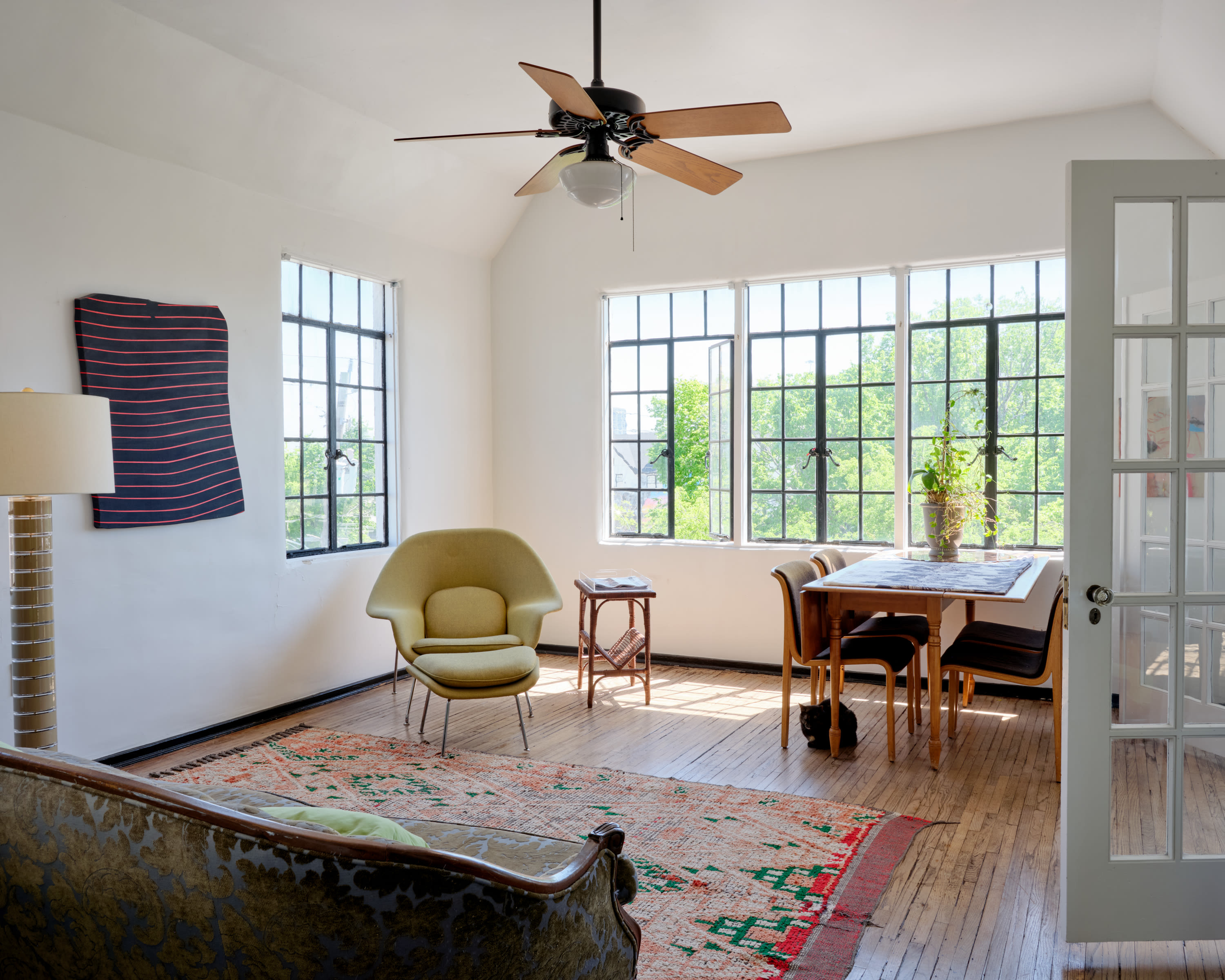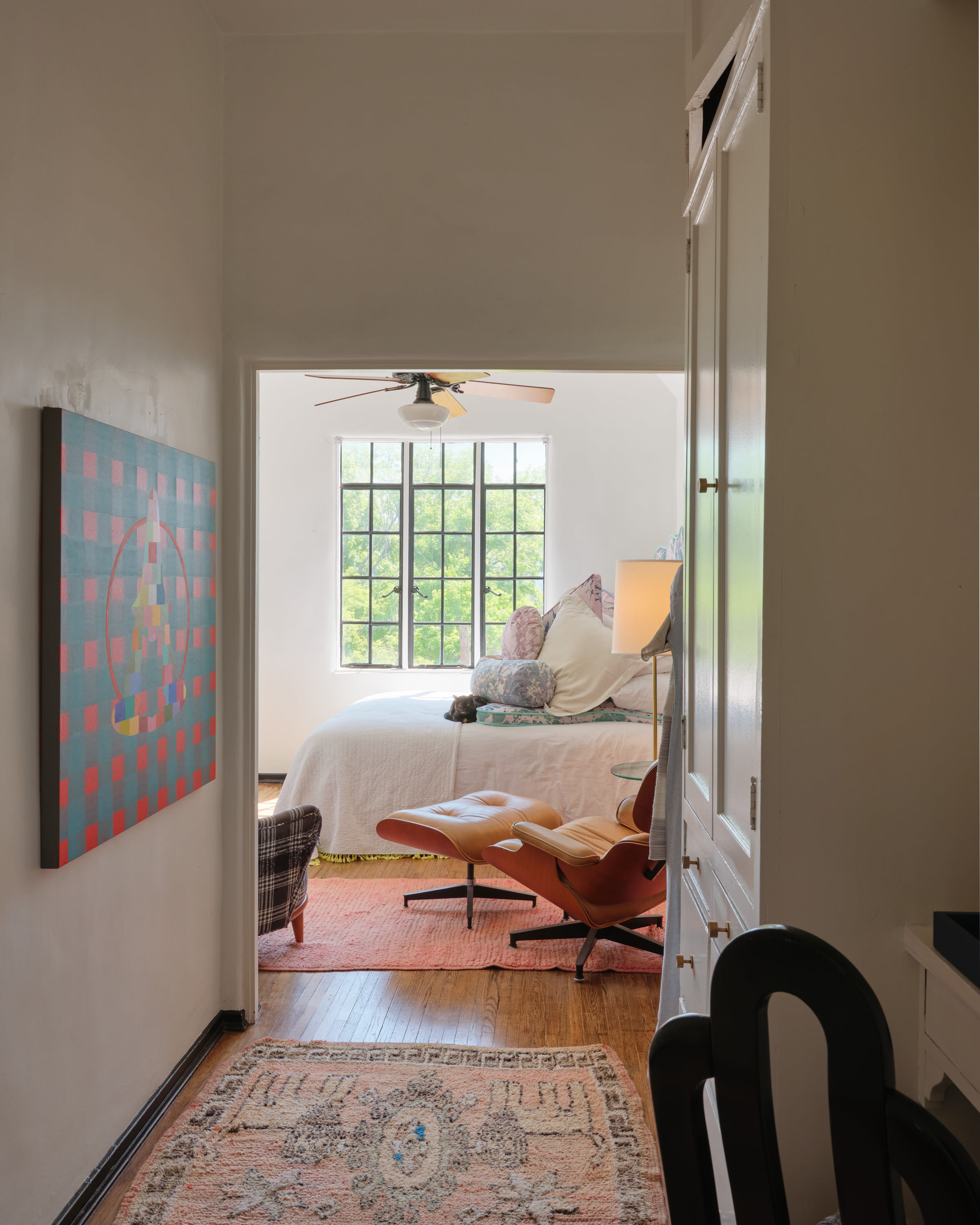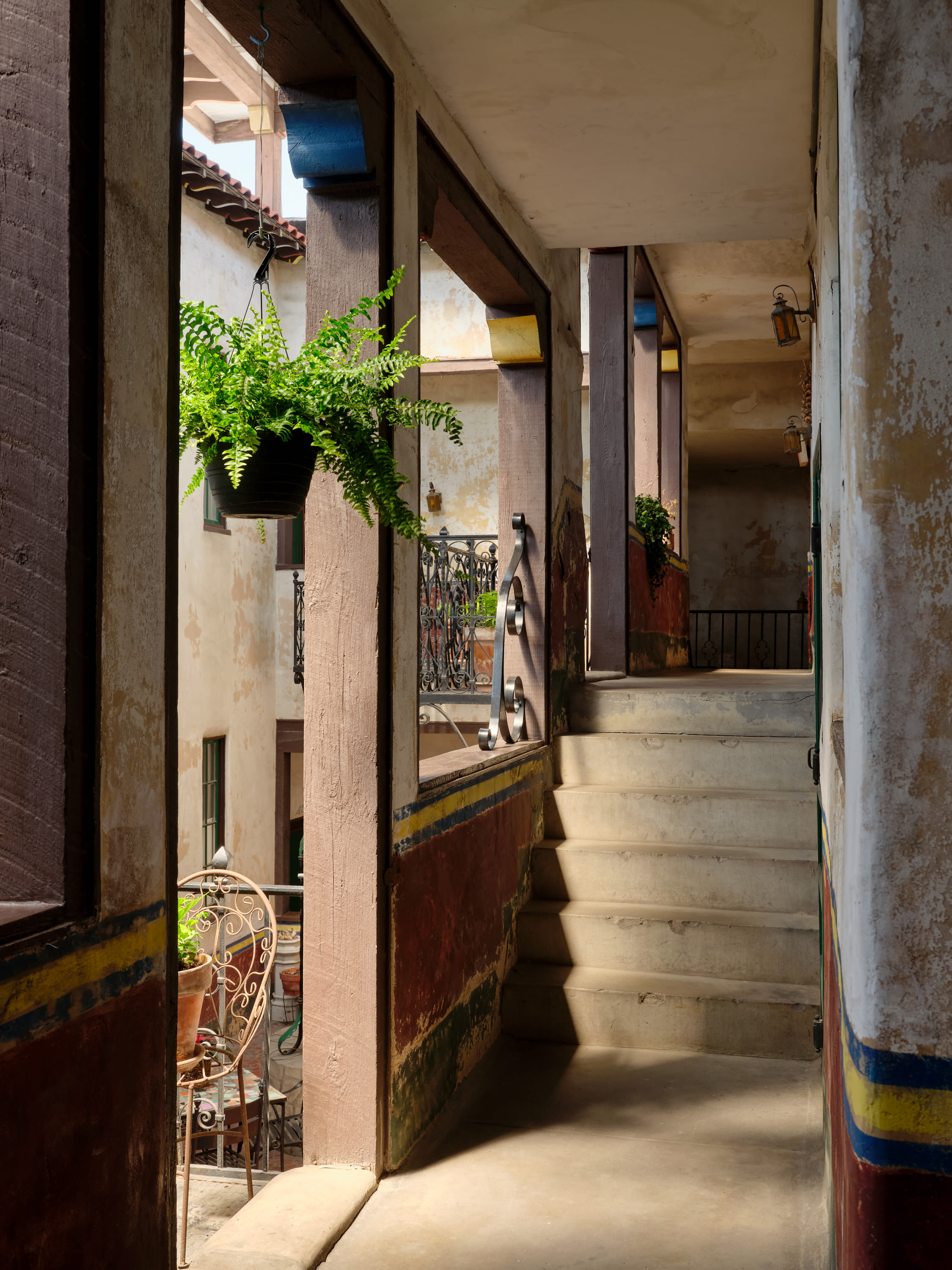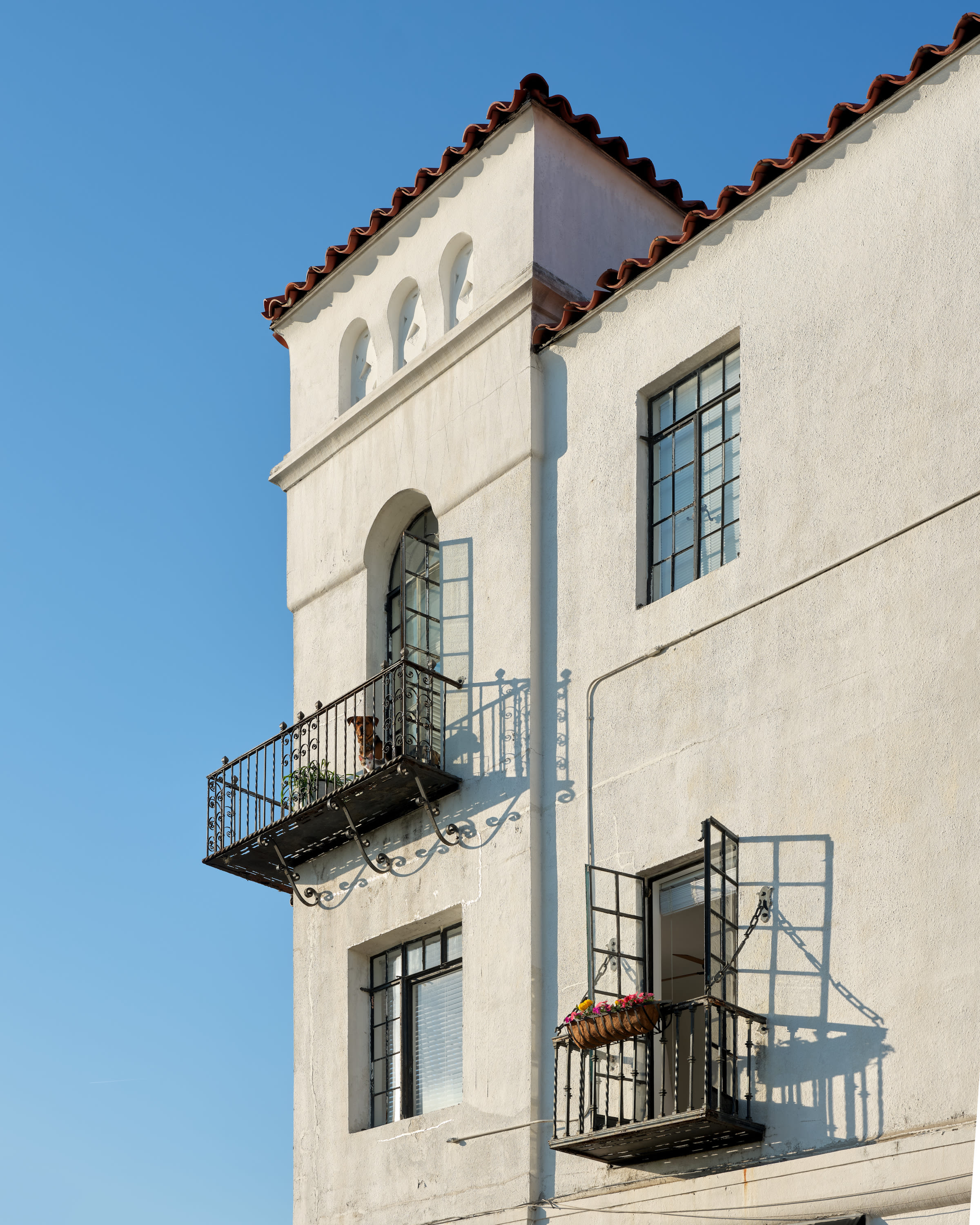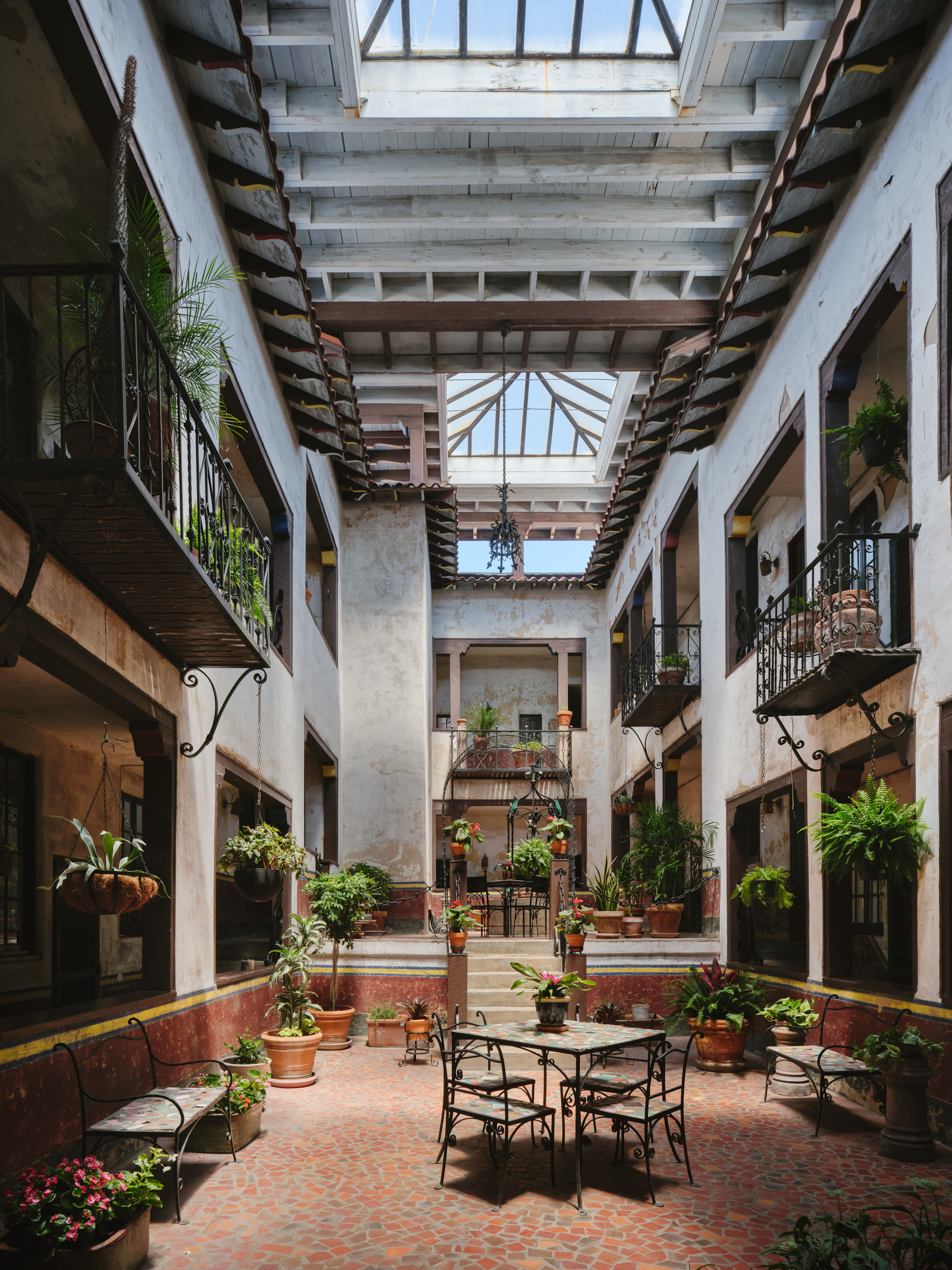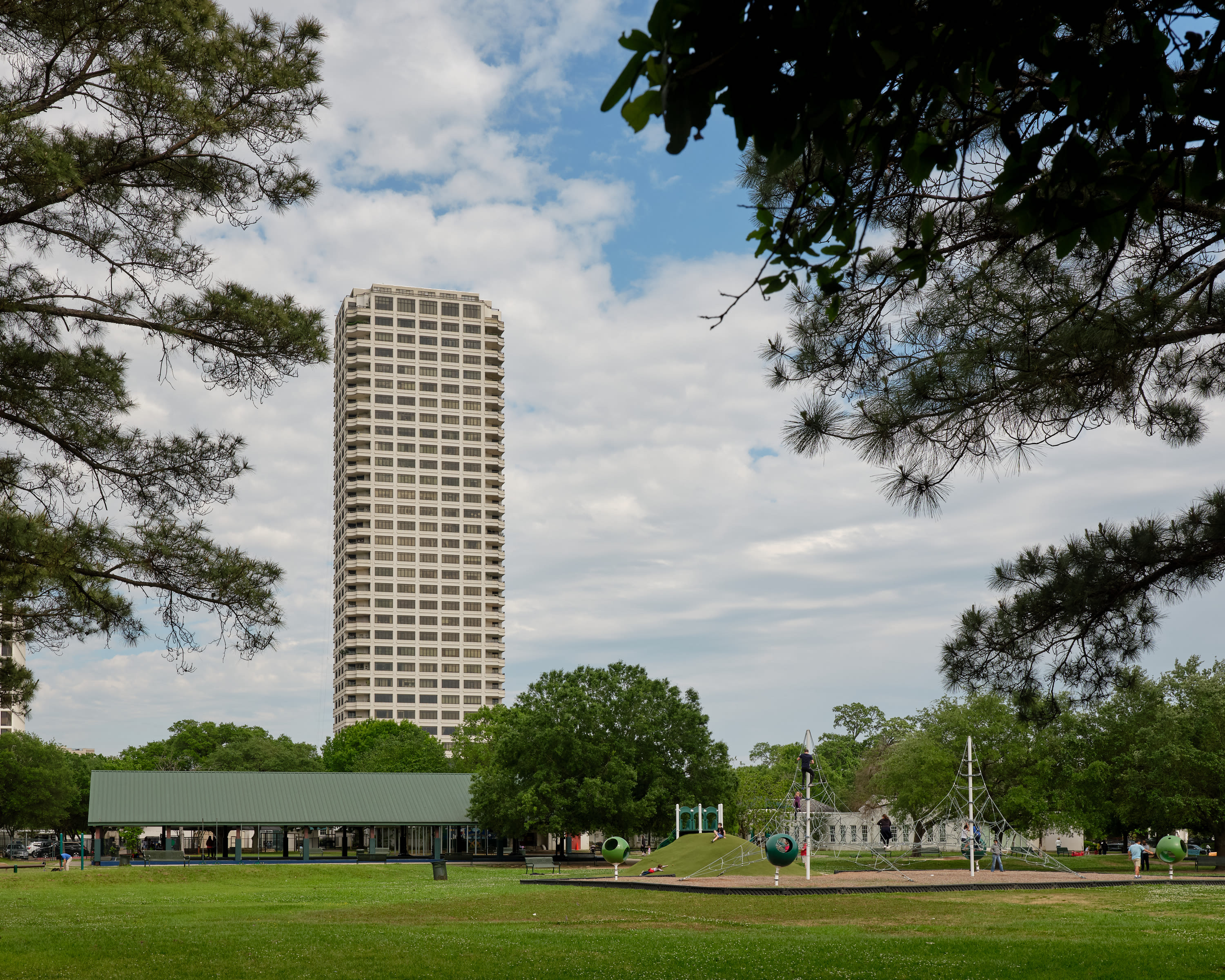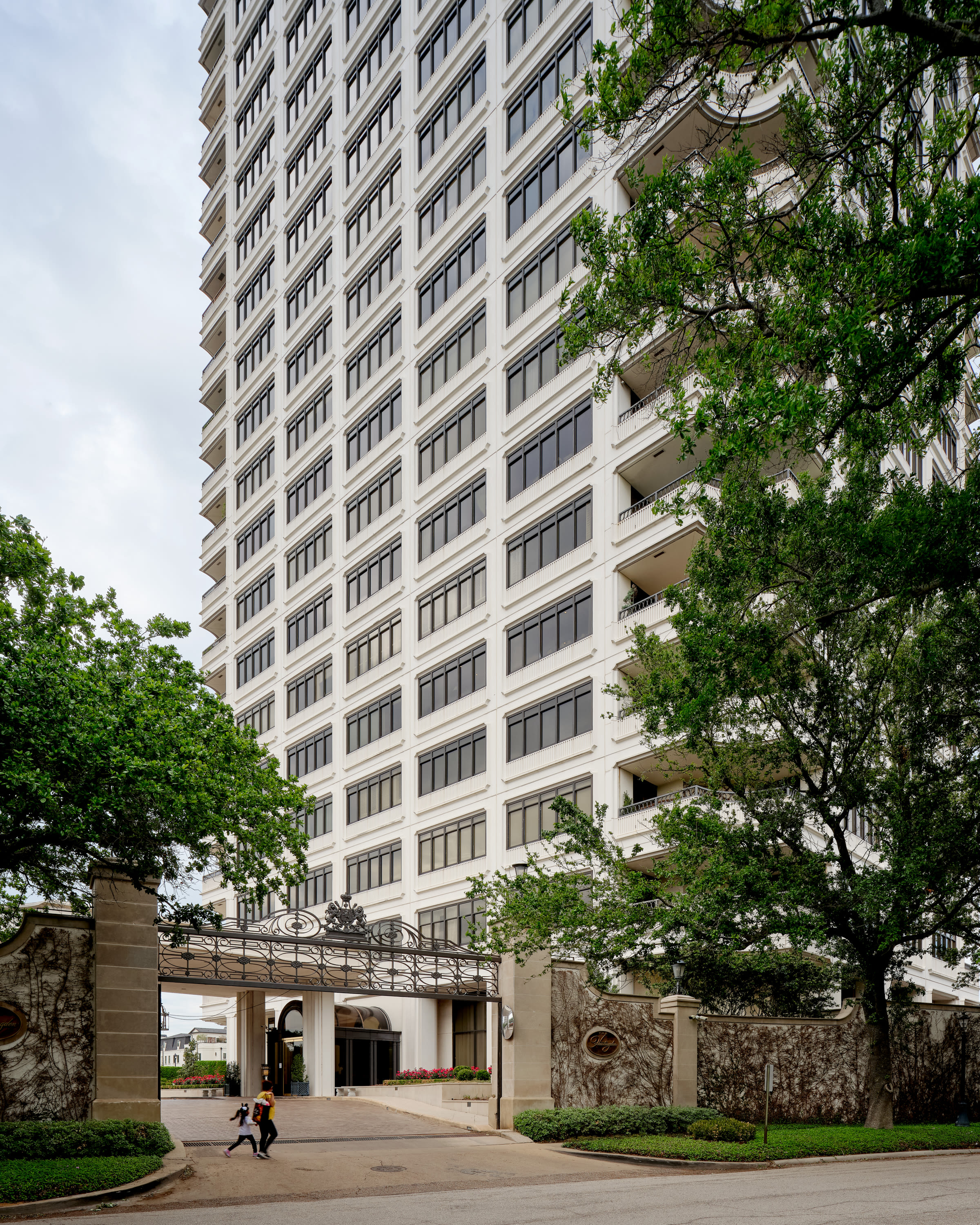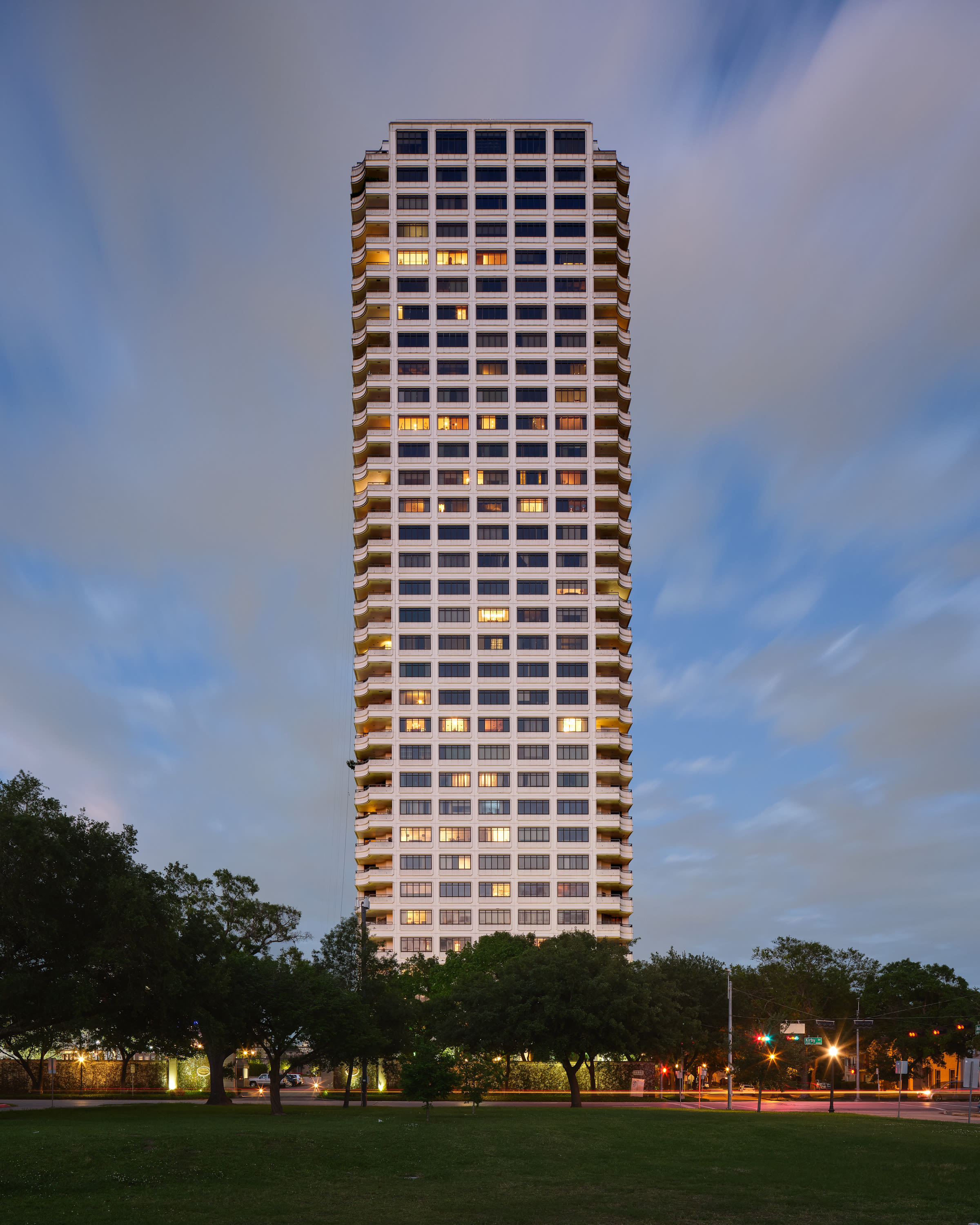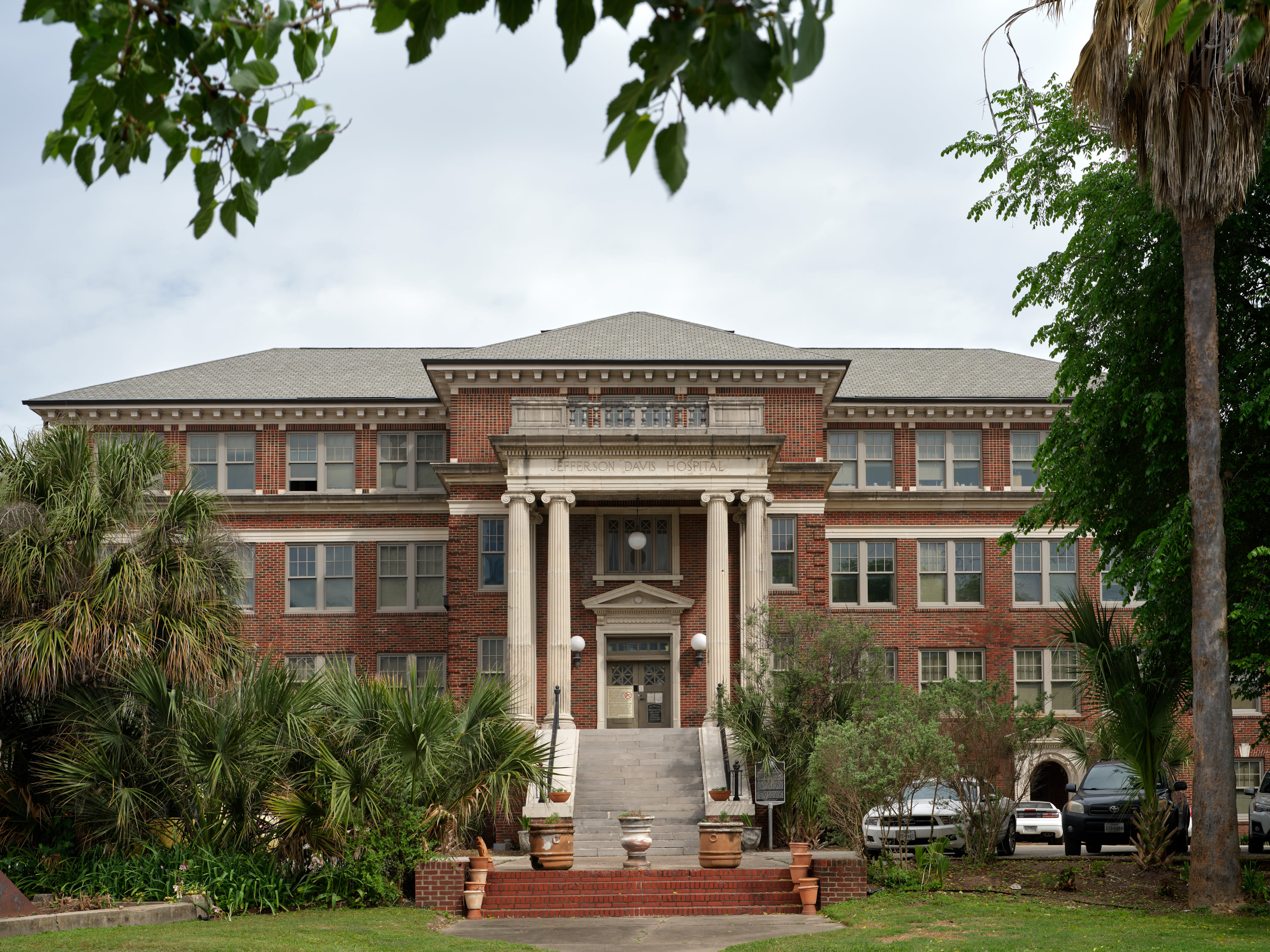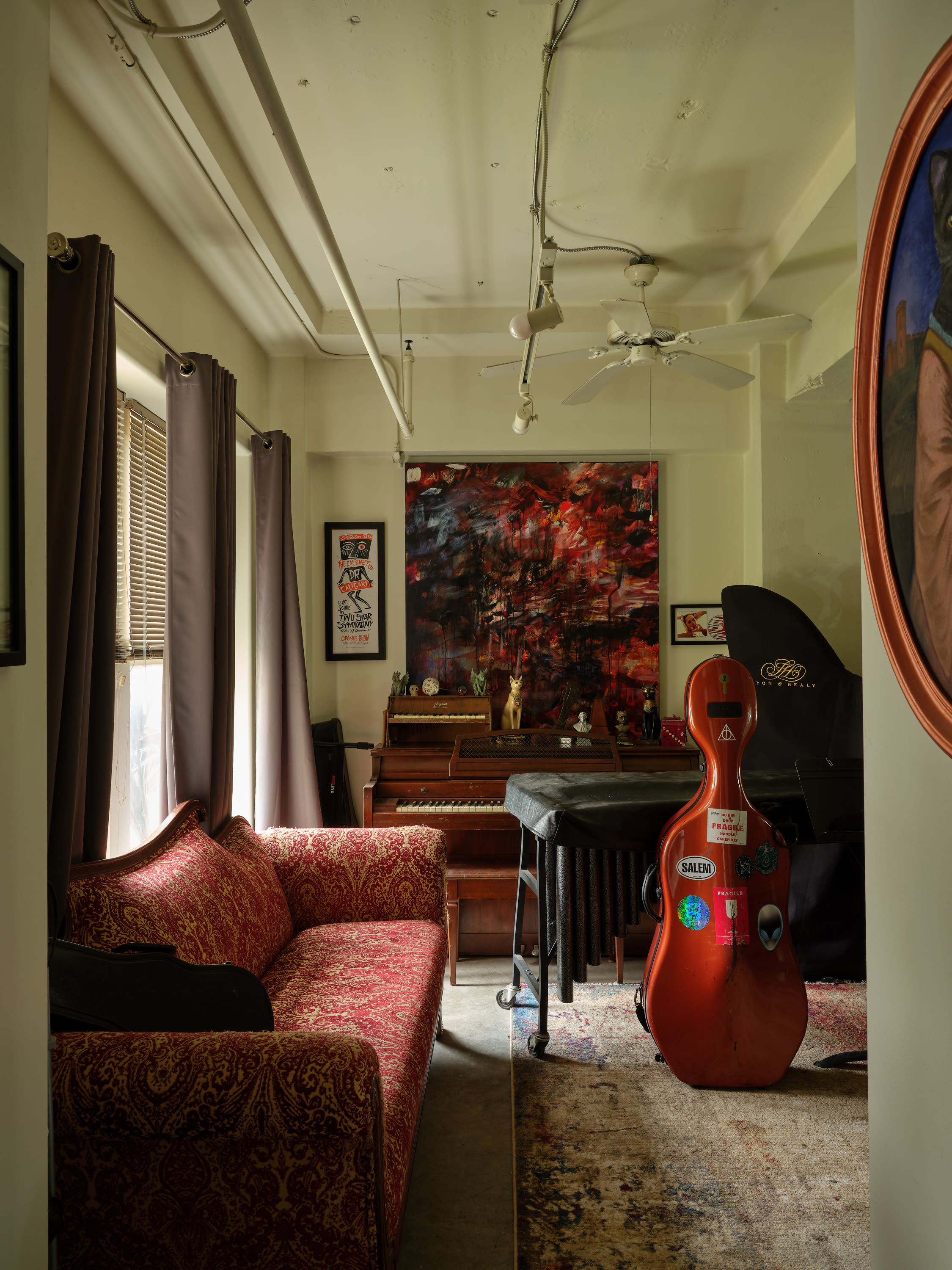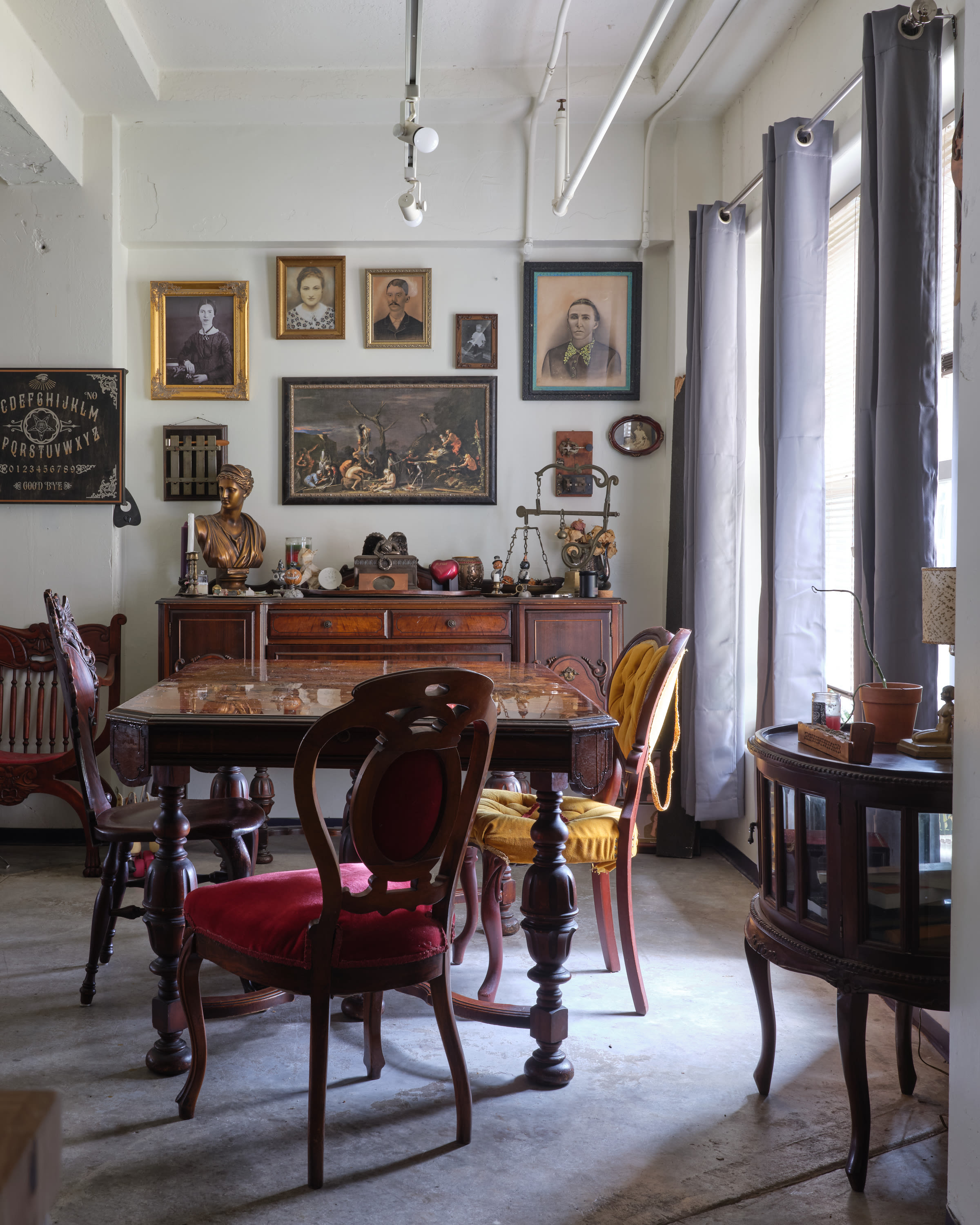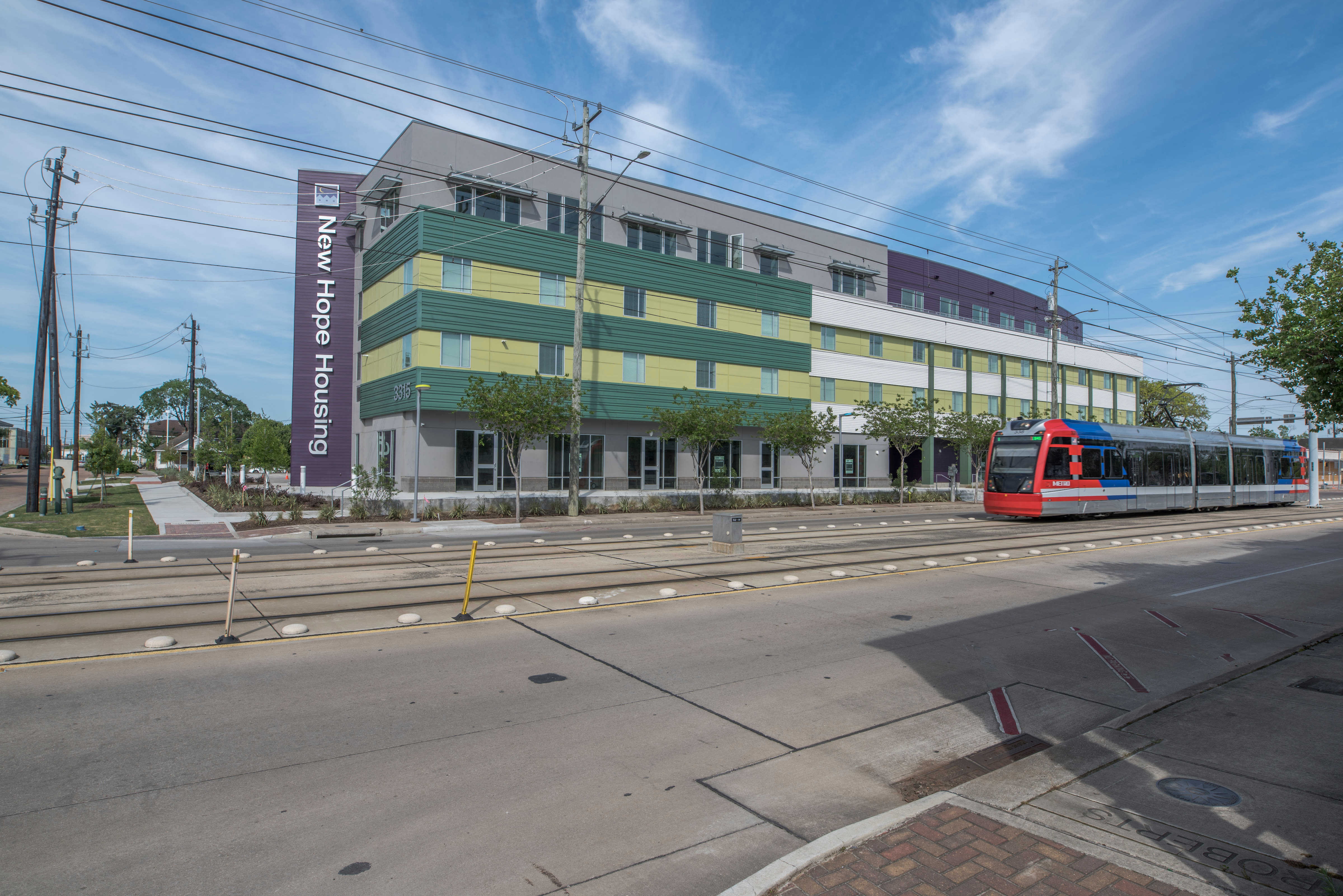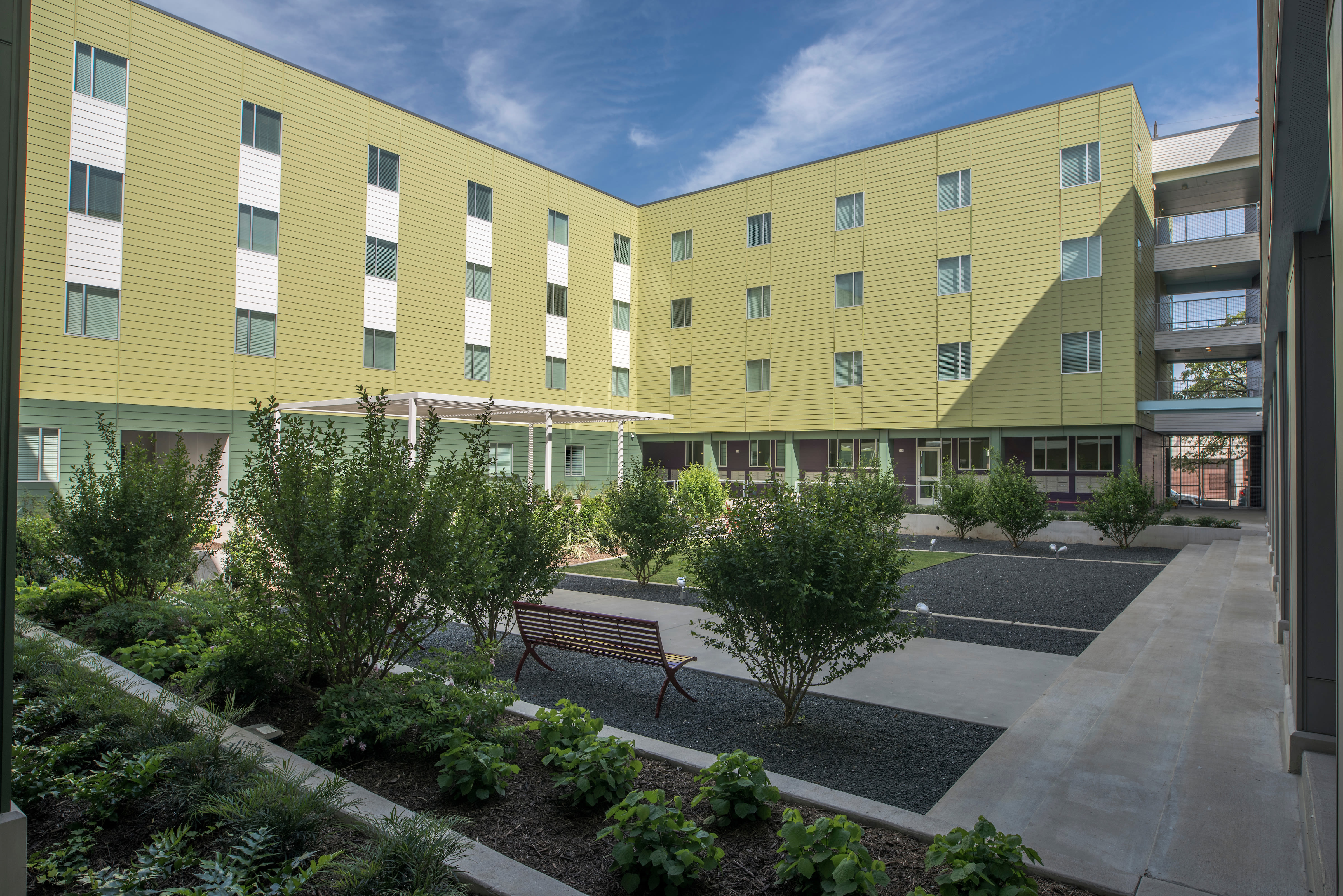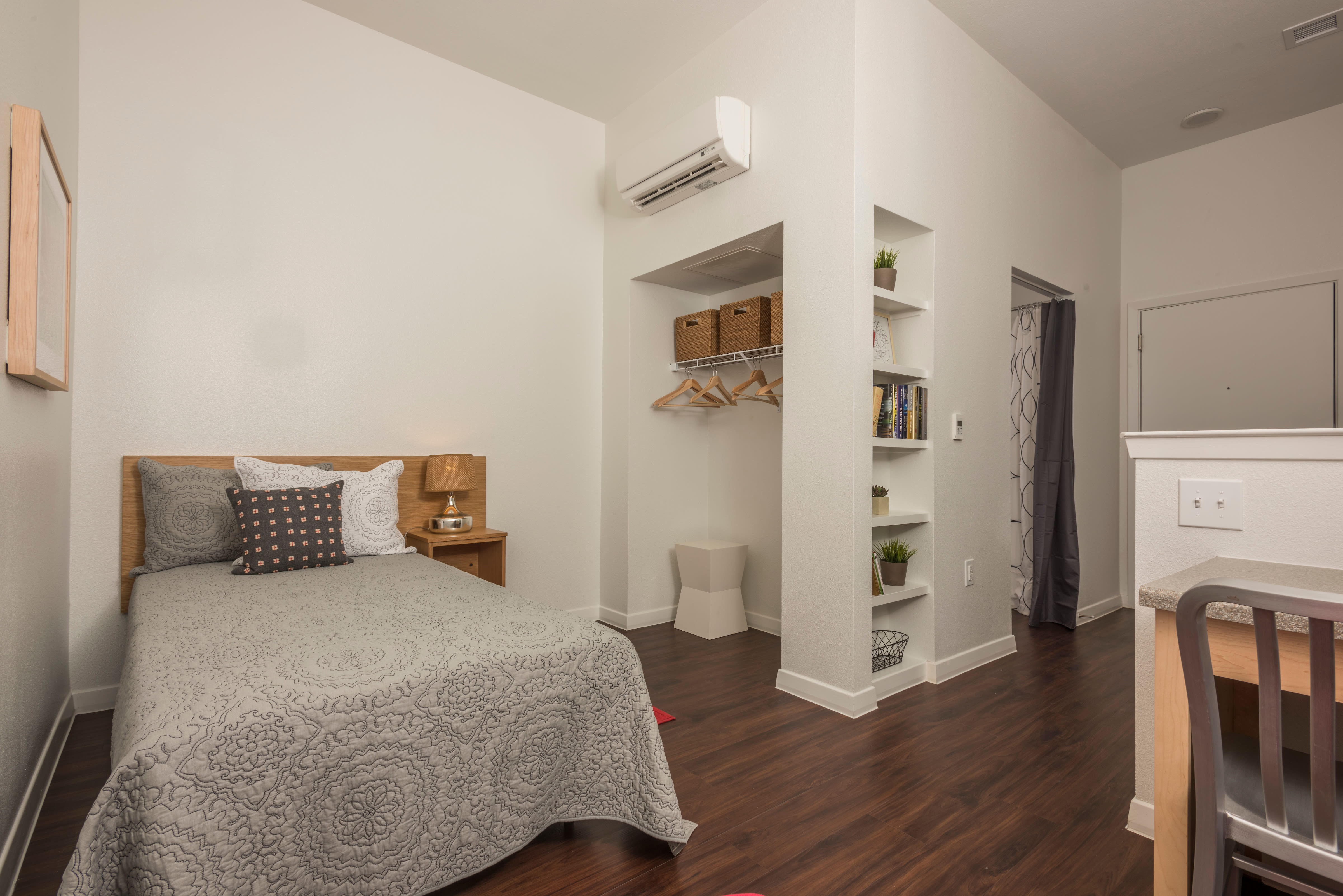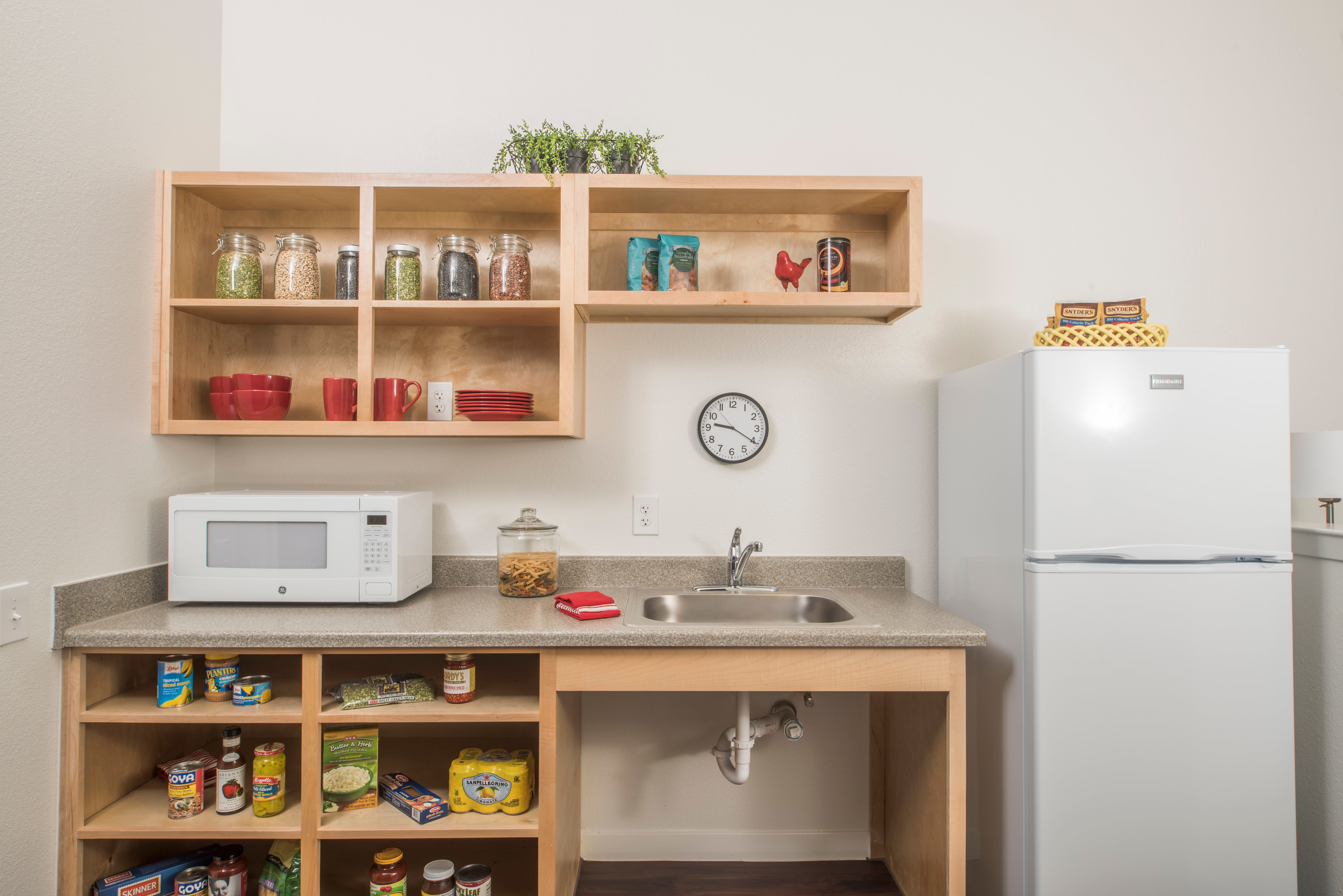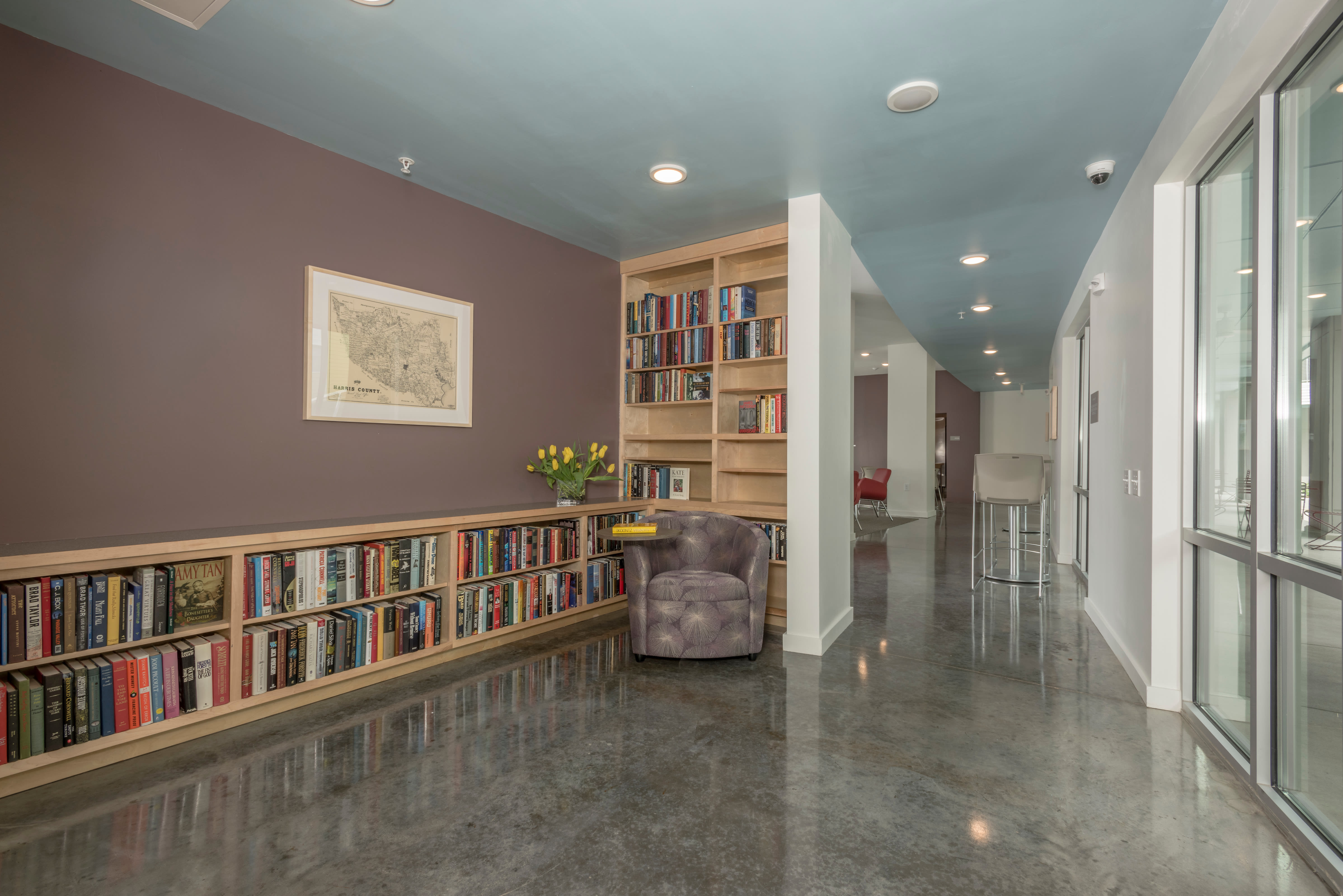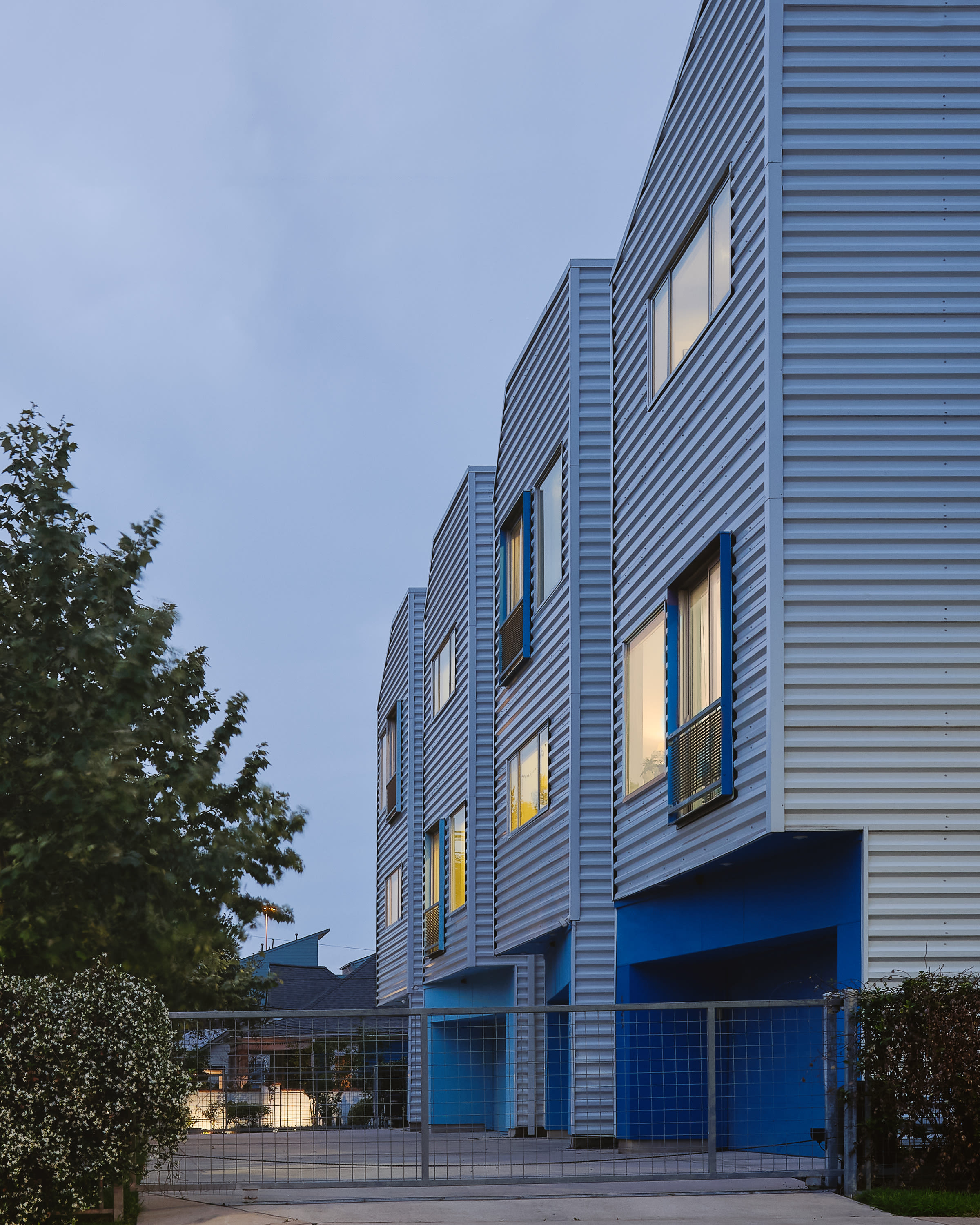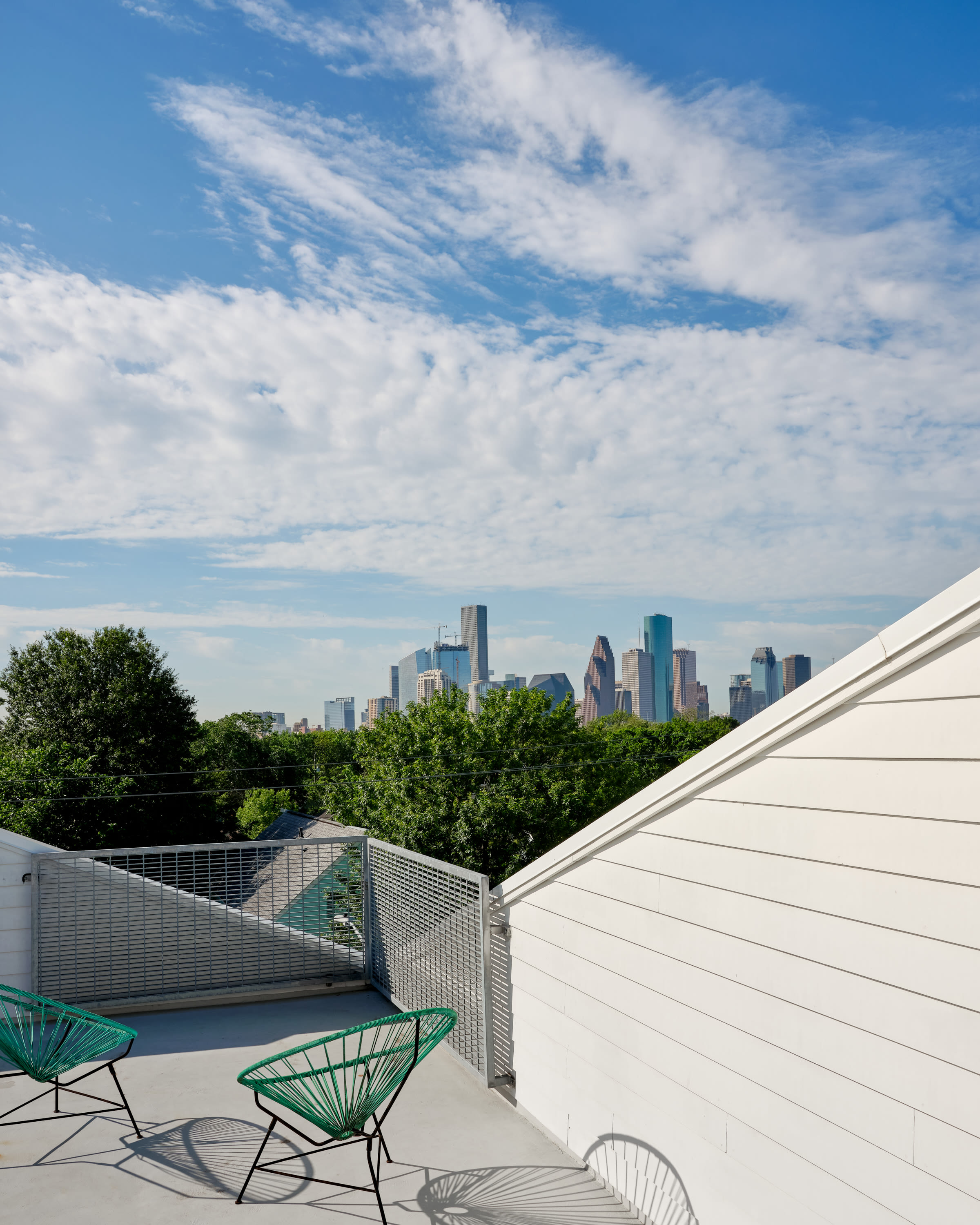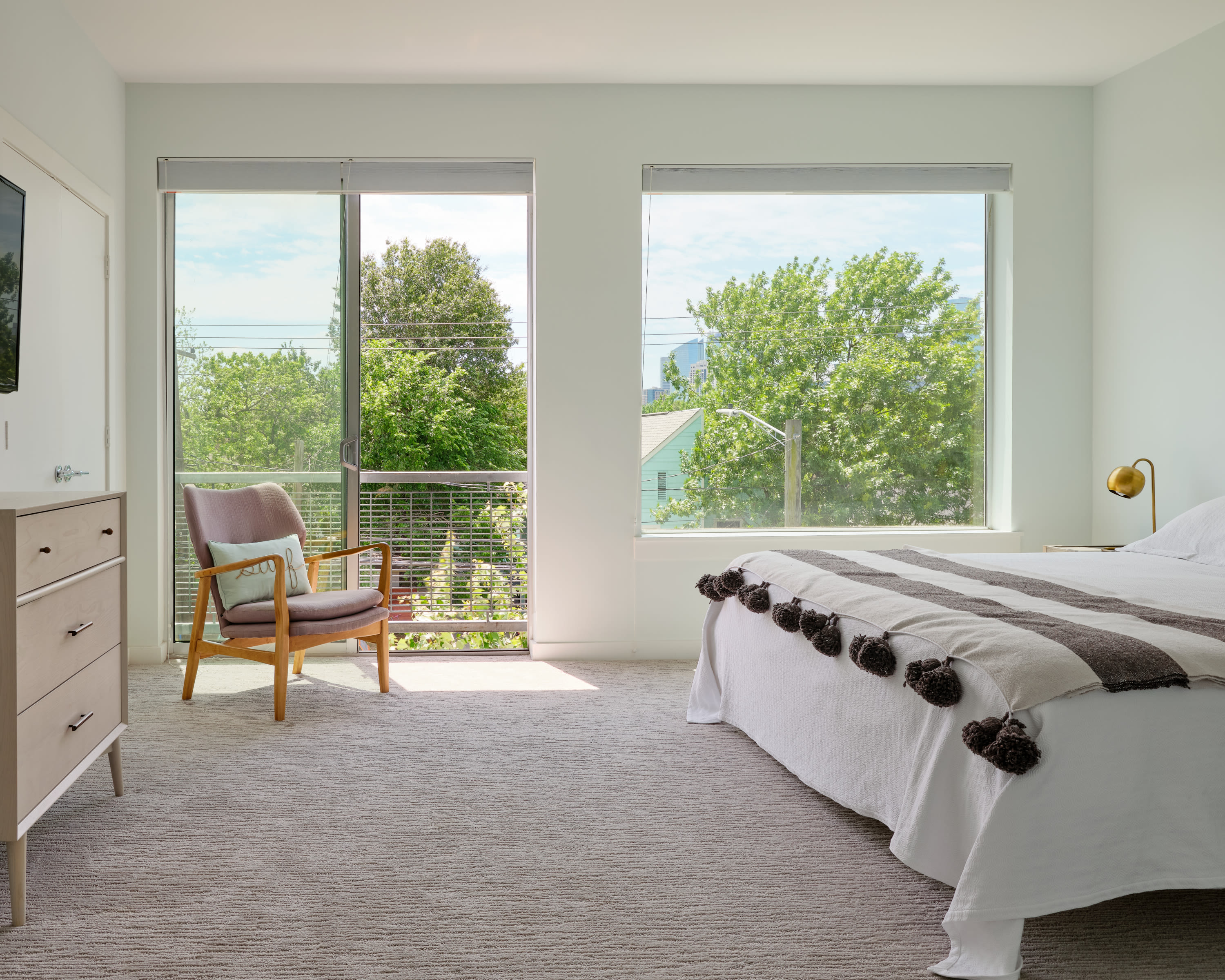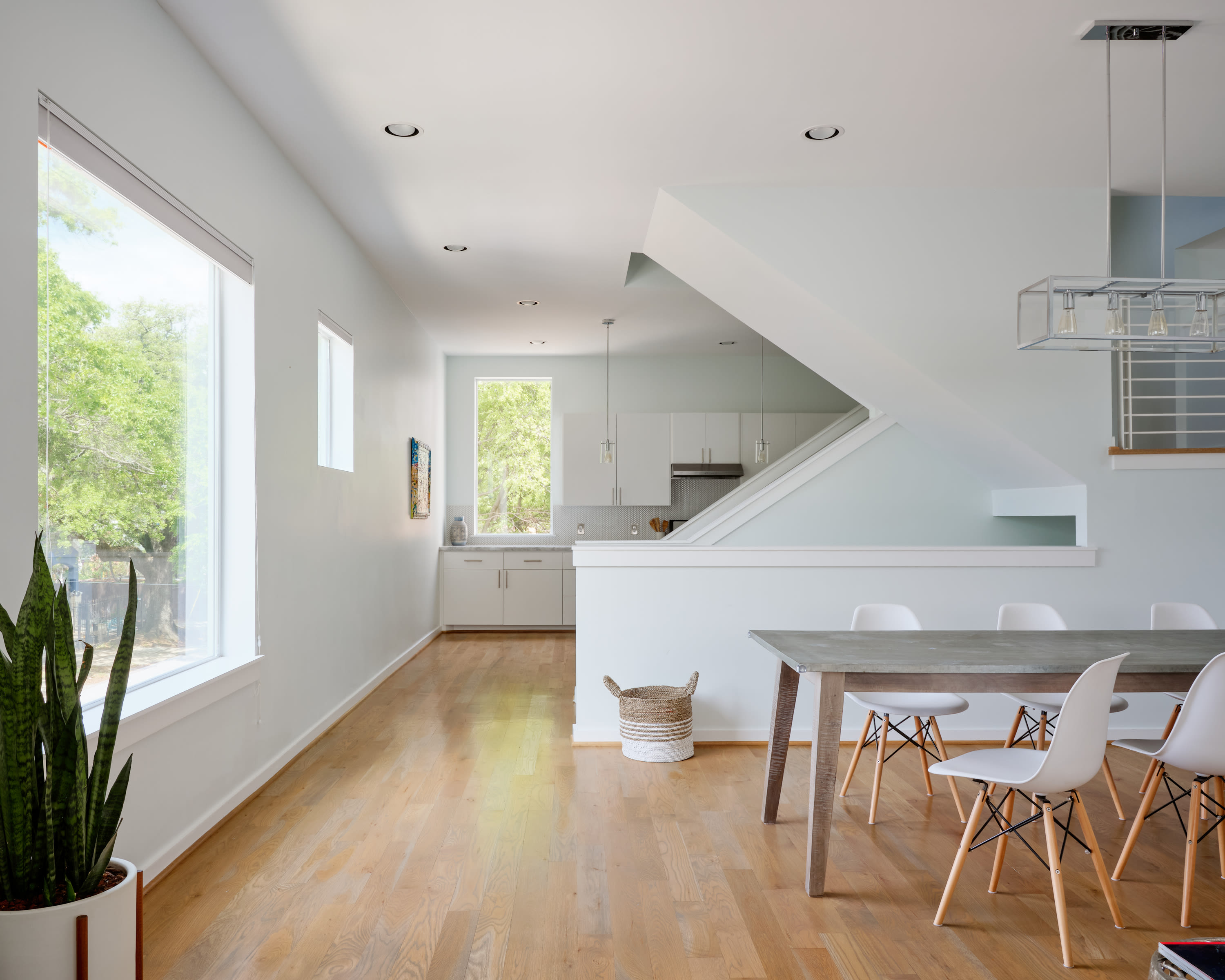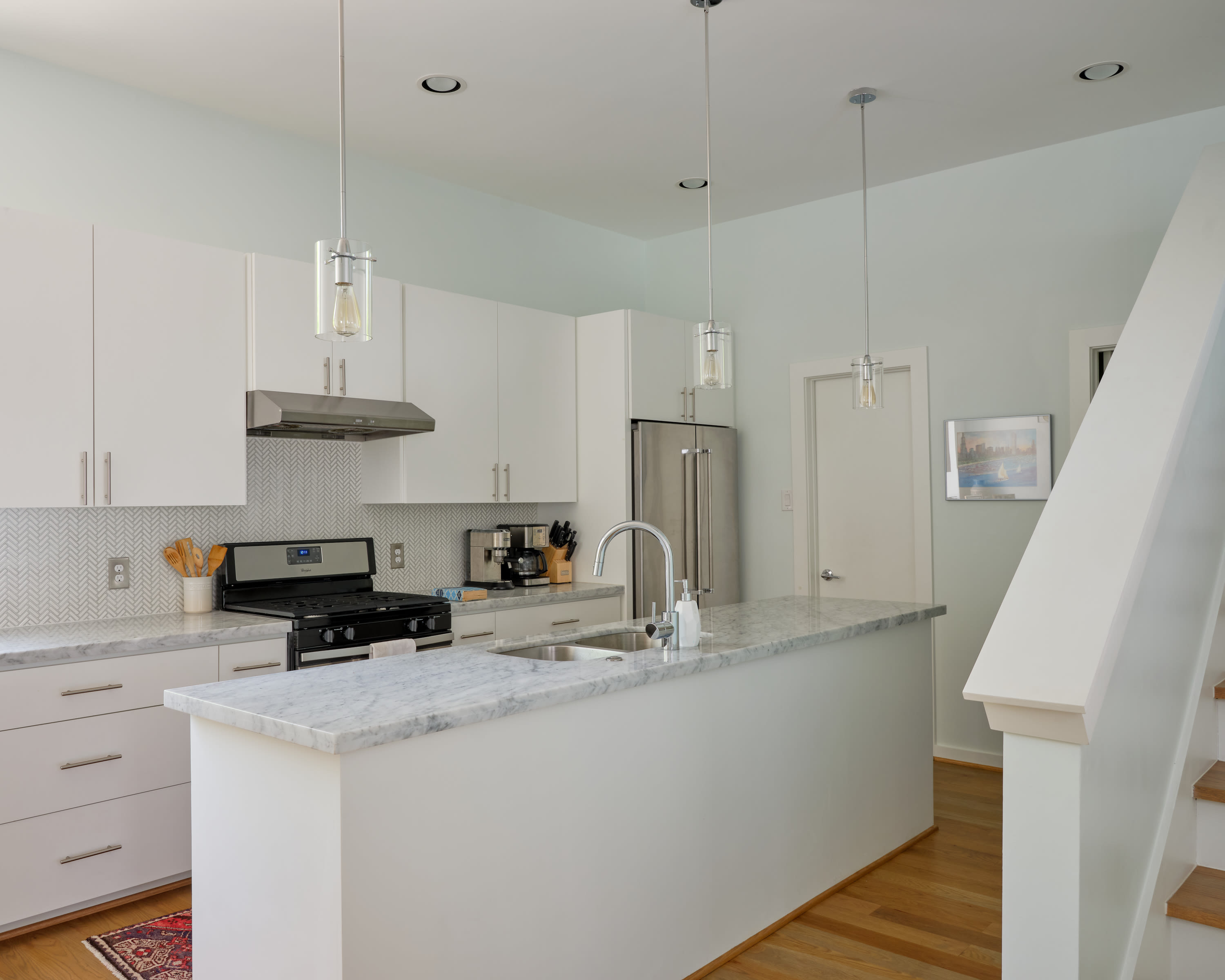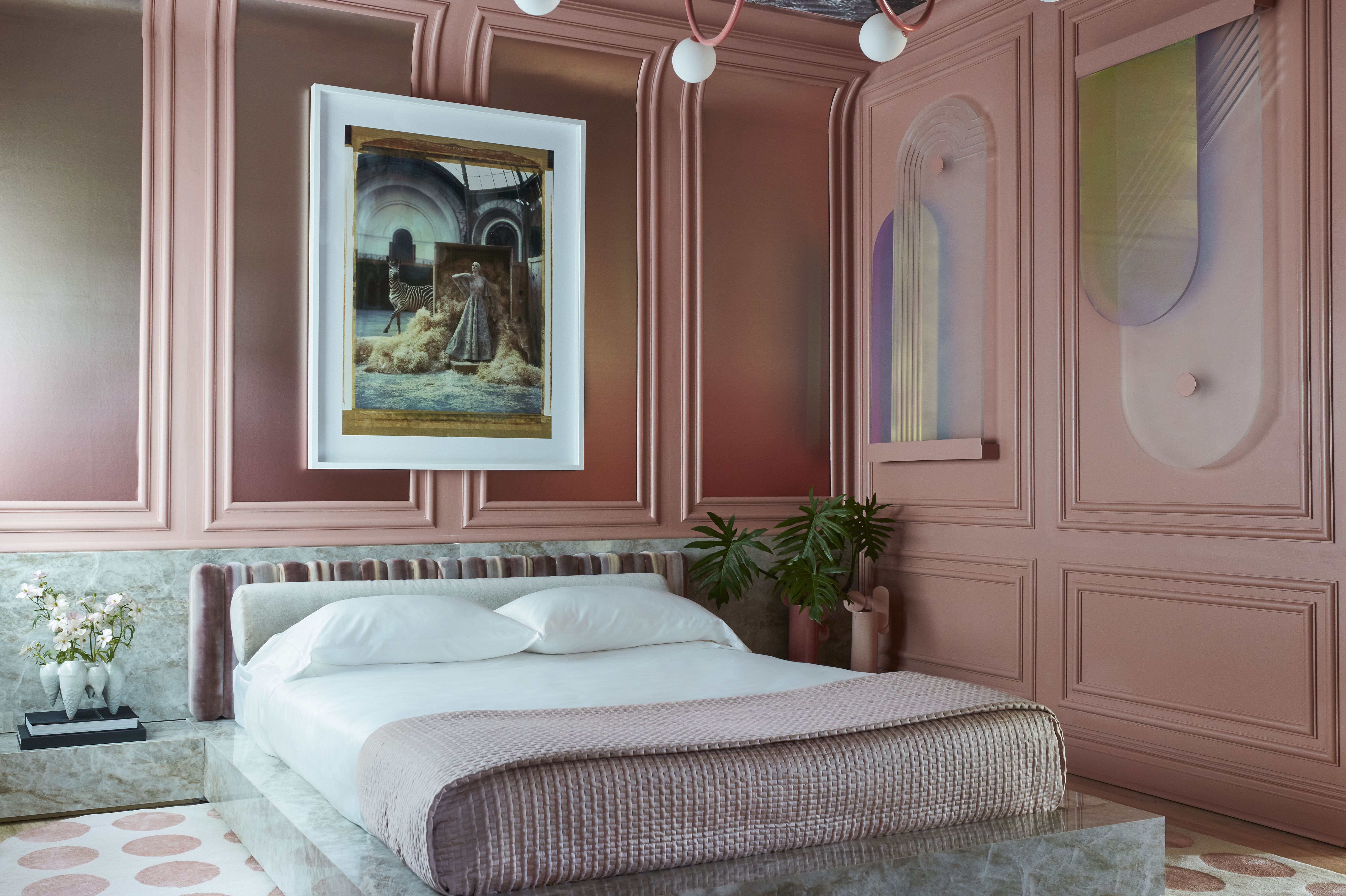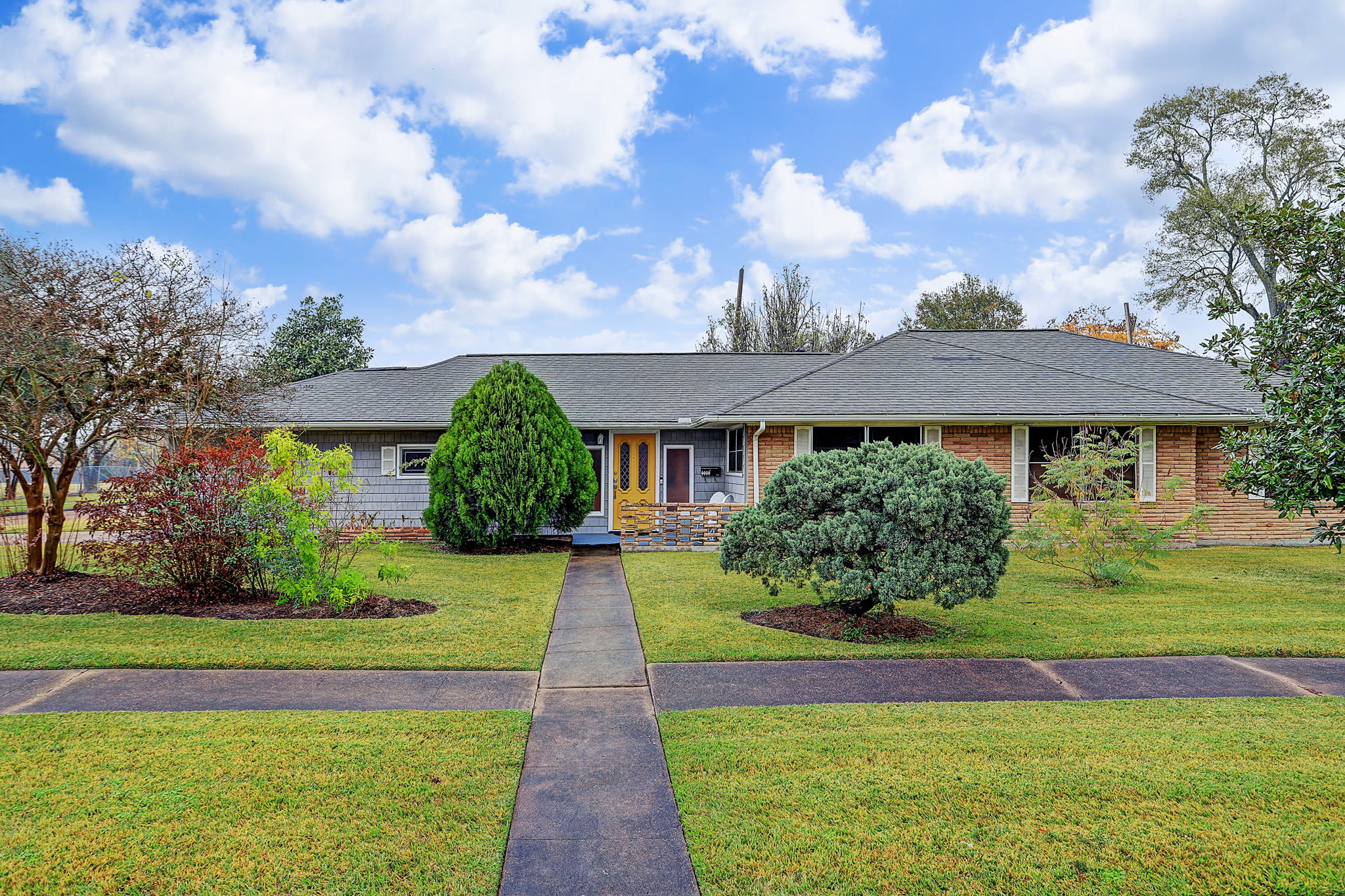The Rice Design Alliance's 2021 Home Tour Looks up (Not out)
The Rice Design Alliance’s annual home tour will look quite different this year—in more ways than one. First of all, it’s virtual, of course. But more importantly, the tour will, for the first time, focus on something Houstonians of almost every walk of life have had experience with: multifamily properties.
Maria Nicanor, executive director of the RDA, says the organization has been focusing their programming on the different ways Houstonians live for the past year. They narrowed their long list of collective housing options down to five major types, and picked some of their favorite interpretations within each category: the townhouse, the courtyard, the loft, the high rise, and social housing.
"What I think is wonderful about the tour is we have this penthouse in a really fancy high rise with an amazing art collection, and at the same time you can see a social housing building," she says. "There's something in common between those two. As much as they are extremes, they have density in common and there's something to be learned about that."
We talked with Nicanor about the tour—running online now through June 19 and including a special live conversation with the homeowners and featured architects Friday, June 11—and why this year's theme of density matters for Houstonians.
Why did the Rice Design Alliance decide to break the mold and showcase multifamily properties in the 2021 tour?
This year we started talking about the importance of looking at different kinds of models in Houston, because we wanted to make sure to put our finger on an issue in Houston, which is sprawl and lack of density, and how that is affecting our city. And one important component that is not to be underestimated is that, logistically, it's very difficult to go to multifamily homes. Just imagine trying to get [thousands of] people up and down elevators in a high rise. It’s almost impossible to do that in person. So we kind of just made lemonade with the lemons that we were thrown and tried to make this year not just as a replication of other years, but try to add something to what we were doing.
Speaking of out of the ordinary, the featured courtyard home is unlike almost anything we’ve seen in Houston. Can you tell us a little bit more about that property?
I'm from Spain, and I stepped into that place, and it transports you. But it is in Houston. It's a building from the 1920s, a historical model. It's been used in many countries before and is really conducive to air circulation in hot climates like here. It’s really conducive to creating community, which is something that all of these have in common and it's also important to us. The courtyard just exemplifies an old model that real-estate developers should be looking at and copying almost, because it works.
Houston always gets a bad rap for its townhouses. Why did the RDA decide to include one in the tour?
That was part of this discussion that we had, and it kept coming back this idea of that the townhouses are here to stay. They are terrible. They're not [a model] that we should be replicating because in many ways they're destroying the fabric of some neighborhoods. But we also recognize that they're so prevalent that you can't ignore them. So we thought, well, at least let's acknowledge that they're here and let's look for a good example of how you can also build a townhouse that doesn't destroy the community, that doesn't put parking first, that doesn't destroy the street and the connection between the house and the street. We looked at this particular example because it's done a little differently.
The tour also includes another unexpected typology: a social housing project. Why?
Social housing is actually the most dense example we have on the tour. It might not be the way that most Houstonians are accustomed to having a relationship with housing, but it is a way that many people live in our city. So it needs to be included and, in general, we need to be talking about the importance of social housing and affordable housing much, much more in the city. Houston has this reputation of being affordable but if you look at the data from the latest years, Houston is no longer the affordable city that it used to say it was.
Why is it important to talk about density now?
We cannot deny climate change, we cannot deny what's happening in this city, and we cannot deny what happens when we don't build a dense city. ... I think density has gotten a bad rap with the pandemic, of course. It was interesting to see the reaction of "density is dead after the pandemic" and, in fact, it's not. It’s going to continue to be crucial to building in Houston, but also in other places around the world. It's going to be important to have strategies that stops the sprawl. In our particular case, here with the flooding events that we suffer from, there's some areas in the city that frankly should not have people living in them. And there's a whole other idea about community living, which I wouldn't underestimate as well, like the isolation that people feel in this sort of American dream of suburban homes.
There are logistical things and there are social and psychological and community reasons to why density is important. This is not like a "you should not live in a single family home" kind of a manifesto at all. It's just about adding other options to that. It’s about a habitat of all.
